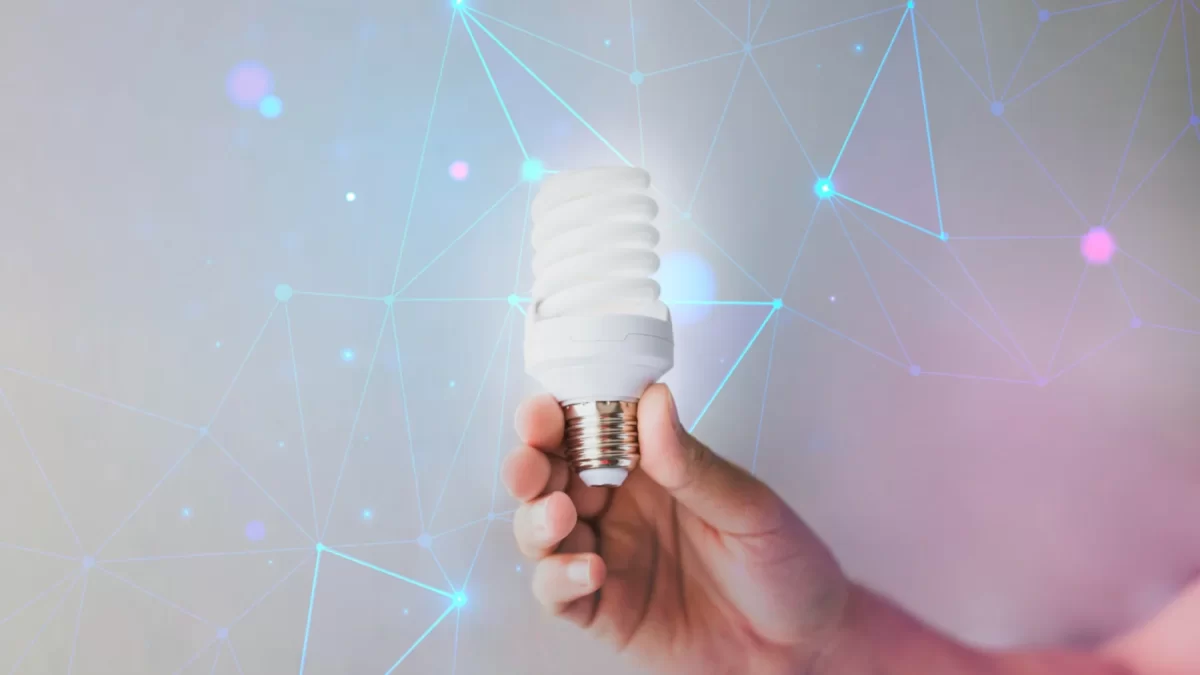

LED Technology
Lighting technology has undergone significant advancements over the past decade, primarily due to the innovations in LED technology. LEDs, or Light-Emitting Diodes, initially emerged in commercial use nearly sixty years ago as basic indicator lights for control panels, stereos, and various electronic equipment. Today, LEDs are fulfilling some of the most demanding lighting applications across the globe.
History
The roots of LED technology trace back to the discovery of electroluminescence in 1907 by English experimenter H.J. Round of Marconi Labs. However, it wasn’t until 1927 that Russian inventor Oleg Losev created the first LED using a crystal of silicon carbide and a cat’s-whisker detector.
Decades of experimentation followed Losev’s work. It was in 1961 that James R. Board and Gary Pittman of Texas Instruments discovered near-infrared light emission, laying the foundation for practical LED usage. Their subsequent patent filing in 1962 for “Semiconductor Radiant Diode” marked a pivotal moment.
Hewlett-Packard (HP) furthered the LED technology developed by Texas Instruments, aiming to create cost-effective LEDs for commercial markets. Collaborating with the Monsanto Company, they enhanced LED performance and reduced production costs. In 1968, HP introduced LED displays and Monsanto launched LED indicator lamps, revolutionizing digital display lighting. Over the ensuing decades, LED technology progressed, offering various colors, increased durability, and enhanced performance.
In recent years, High-power LEDs (HP-LEDs) have risen, dominating lighting applications. These LEDs started in specialty uses like flashlights and spotlights, extending to consumer lighting options such as LED tubes, bulbs, and dedicated fixtures. With HP-LEDs, the quality of light and lumen output has remarkably improved, surpassing many other lighting sources. The evolution of LED technology, following Haitz’s law, continues exponentially, making it increasingly cost-effective.
How LEDs Work
LEDs produce light by electrical current flowing through them, similar to traditional lighting sources. However, the core operation of LEDs differs significantly. Rather than relying on heat or chemical reactions for illumination, LEDs use a semiconductor for their light source, leading to significant technological benefits and continuous advancements.
Semiconductors, materials with varying electrical conductivity, form the foundation of LEDs. Most semiconductors have impurities added to them to facilitate electron flow, known as doping. Aluminum-gallium-arsenide (AlGaAs) is a common material used in LEDs. When doped, it either adds free electrons (N-type material) or creates holes where electrons can move (P-type material). A diode consists of an N-type and P-type section bonded together, conducting electricity in one direction.
When a significant voltage is applied, the depletion zone between the N and P-type materials is removed. Electrons move from the N-type area to the P-type area, and holes move in the reverse direction, generating light. This interaction releases photons from electron movement between orbitals, producing light. The distance between orbitals determines the energy released, influencing the frequency of light produced. LED lighting provides a vast range of color temperature options, far surpassing traditional lighting.
Overall Construction
Apart from the semiconductor diode, LEDs comprise key components like the leadframe, reflective cavity, wire bond, and epoxy lens or case. Various LED designs incorporate these basic components, each contributing to the LED’s functionality, protection, and structural stability.
Sub-Types
LEDs come in different designs, each with its own construction. Standard diodes, SMD LEDs (Surface Mount Device), and COB LEDs (Chip on Board) represent various technological advancements. SMD and COB designs offer enhanced efficiency and cooling capabilities, essential for high-power LED applications.
Supporting Components
For household applications, conversion circuitry is essential to transform high-voltage AC power to the low-voltage DC power suitable for LEDs. Components like input fuse, transient protection, bridge rectifier, capacitor smoothing, DC-DC converter, and heat sinks are crucial for LED operation, ensuring safety and efficient functioning.
Applications Beyond Lighting
LEDs are not only limited to lighting applications but have potential in communication as well. Their ability to cycle rapidly enables high-speed data bandwidth transmission, making them effective wireless routers for device communication. While their use as communication mediums is restricted to well-lit areas without barriers, it aligns with the principle of fiber optic cables – communication via light transmission.
